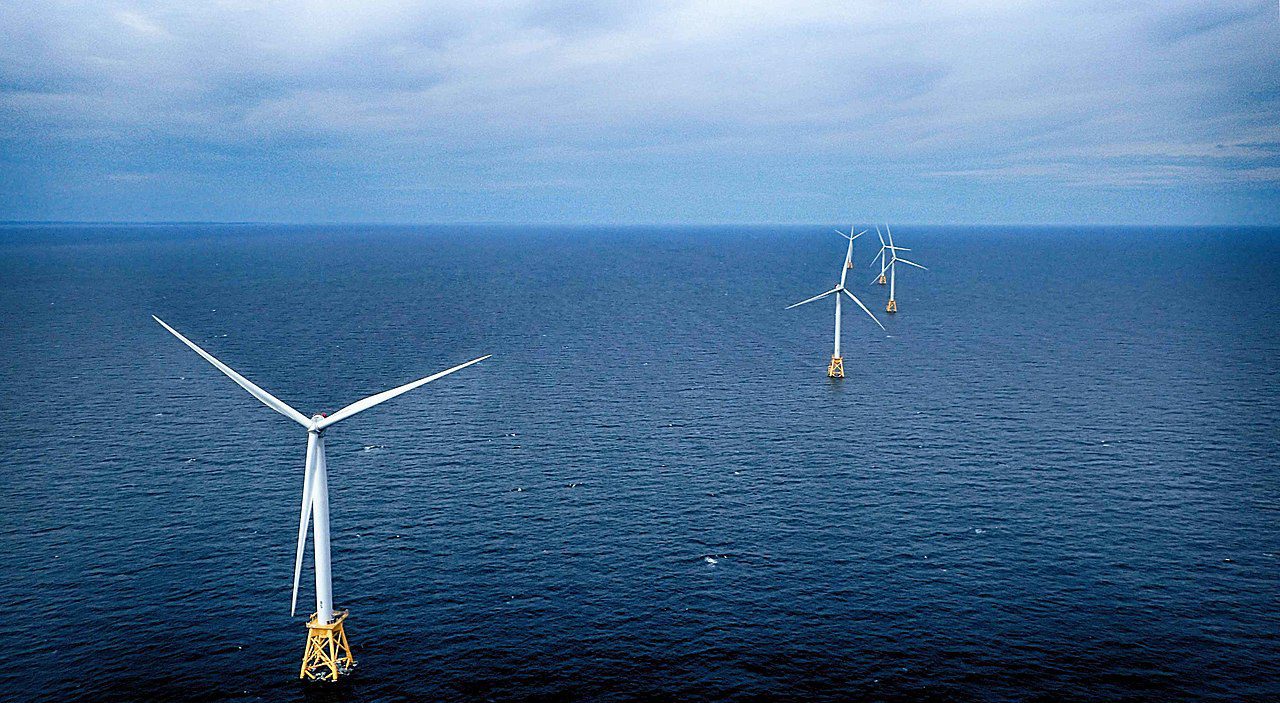Technology | Ocean | Founders | Startups | Climate
Rethinking Ocean Energy, Part 1: A New Way of Looking at How the Energy Transition will be Powered

When most people think of energy from the ocean, four primary sources typically come to mind: offshore wind, offshore oil and gas, wave, and tidal power. And for good reason — these are the legacy sectors that have absorbed decades of capital and engineering focus.
But at Propeller VC, we believe that’s only skimming the surface. We recognize the ocean is a planetary-scale energy engine — one that moves heat, gases, molecules, and momentum with unmatched intensity. Noting that power, we believe entrepreneurs are broadening the scope of what “ocean energy” truly means. They are working backwards from what the ocean can do, and what today’s energy customers demand – low cost, reliable, emissions free (or nearly so), and quick to deploy.
The Ocean: Earth’s Largest Energy Engine
The ocean stores over 90% of the excess heat trapped by greenhouse gases, and moves that heat constantly through currents, evaporation, and deep mixing. Powered by the sun and closely linked to the atmosphere, the ocean engine drives weather, regulates global temperature, and circulates nutrients and carbon.
Consider these facts:
- The Gulf Stream transports ~1.3 petawatts of heat every year — nearly 100x the total power generation capacity of the U.S. Bananas!
- Air-sea CO₂ exchange at the ocean surface moves ~1 gigaton of carbon annually, representing an energy equivalent of ~10 exajoules per year — comparable to 200 million tons of oil equivalent, making it one of the planet’s largest passive energy fluxes.
- The ocean’s biological pump transfers solar energy captured by surface phytoplankton into deep ocean ecosystems via sinking organic matter, moving an estimated 100–150 exajoules of energy per year through biological production and gravitational export — a flux equivalent to 2–3× the U.S. annual energy consumption
The ocean isn’t just a passive host; it’s an active participant in the global energy cycle, offering unmatched energy density compared to most terrestrial systems. And unlike land-based renewables, the ocean offers scalability without displacement — vast, open areas without the opportunity cost of land. Of course, the ocean is also one of the most challenging environments to operate in: brutal, corrosive, remote, and unpredictable. These trade-offs are atypical of the promises and risks of working in the ocean; an energy landscape largely untapped, but also distributed, inherently hard to capture and far from where it needs to be consumed. Insert audacious entrepreneurs.
Atmosphere Meets Ocean: The Feedback Loop of Energy
The interaction between ocean and atmosphere creates a powerful energy loop, including changing ocean temperatures, salinity and shifting ocean layers. These flows are so powerful that they underpin everything from storm systems to fisheries. The Sixth Assessment Report published by the Intergovernmental Panel on Climate Change (IPCC) in 2021 revealed that it has thus far absorbed 91% of the extra heat/energy from the enhanced greenhouse effect. The interaction and energy loop is getting more intense.
Now, innovators are starting to tap into this loop. Carbon dioxide from CDR processes can become feedstock for chemicals or fuels. Salinity gradients can power osmotic energy systems. Natural temperature differentials can be used for heating, cooling, or conversion into electricity. Maritime vessels can reframe using the environment to their benefit rather than plowing through it. Offshore assets can turn into sources of renewable power rather than extractive. These are new “ocean energy” vectors — rooted in the ocean’s role as an energy intermediary, not just a generation site.
The Coastline: Where Energy Demand Meets Ocean Potential
All of that untapped ocean power must reach the places where its needed, the coasts. Consider that 40% of the world's population lives within 100km of a coastline. And industries that power large parts of the economy and food system operate in these areas and are under pressure to modernize and decarbonize. Global trade is ~80% maritime.
That is an opportunity for entrepreneurs. These sectors don’t just need electrons. They need fuels, hydrogen, carbon removal, heat, and carbon-negative materials — all of which can be derived from the ocean. At Propeller, we’re backing founders who are taking this challenge seriously — and redefining what it means to build energy companies in, adjacent to, and for the ocean.
Case Studies: Startups Rethinking the Ocean’s Role
Blue Energy: efficiency from co-locating in the ocean
Blue Energy has a novel approach to hosting coastal, submerged nuclear SMRs constructed and assembled in shipyards. They are leveraging the matching construction capabilities of shipyards to take on the massive cost and regulatory challenges that inhibit SMR deployment. Blue Energy is rethinking how we can use the ocean for faster deployment, improved performance and safety.

Aikido: tapping the broader ocean and engineered for deployment
Floating offshore wind (FOW) is the next frontier in utilizing ocean resources for clean and reliable energy. Aikido aims to reduce FOW development costs and increase the throughput of projects with a novel floating wind platform. Aikido is at the frontier of how we create new models for offshore wind to deploy it broader and take advantage of ocean scale.

The Call to Action: Rethink “Ocean Energy”
We are only beginning to glimpse what’s possible when we treat the ocean not just as a place, but as a platform for energy procurement. The energy transition is the largest total addressable market in the world — and the ocean might be the most underutilized energy resource within it.
For founders: Think beyond turbines. Think chemistry, salinity, thermal flows, microbiology, material science, labor, compliance and permitting, fintech and more. There is white space here for hardware, data platforms, efficiency gains and entirely new energy pathways.
The ocean isn’t just offshore. It’s upstream. It’s downstream. It’s distributed. It’s dynamic. And it’s wide open for new sources of energy innovation.
